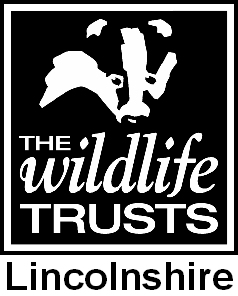Wildlife Watch - What to look out for in August!
Redstart (Phoenicurus phoenicurus)
We do nott often see the striking plumage of the male here on the east coast. Although it’s constantly twitching red tail is an obvious feature and usually the sight that identifies this shy bird when emerging from gorse or other scrub. They are migrating south to their wintering grounds in Africa. (Pic: Paul Neale)
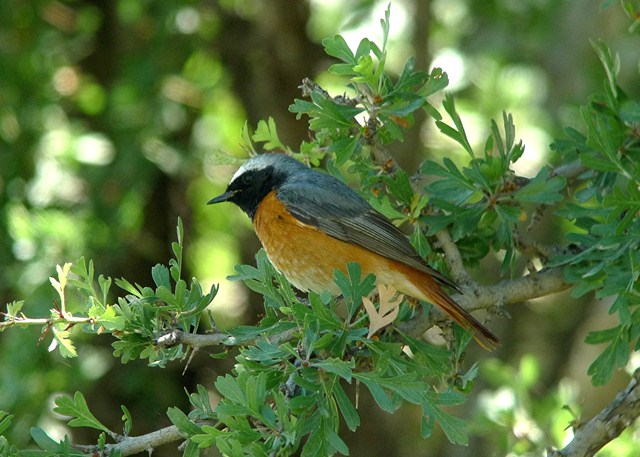
Willow Warbler (Phylloscopus trochilus)
This little warbler breeds in Britain and then migrates southwards to Southern Europe and Africa. It is very difficult to tell apart from the Chiffchaff until you hear the song: a descending cascade of whistles. (Photo: Bob Coyle)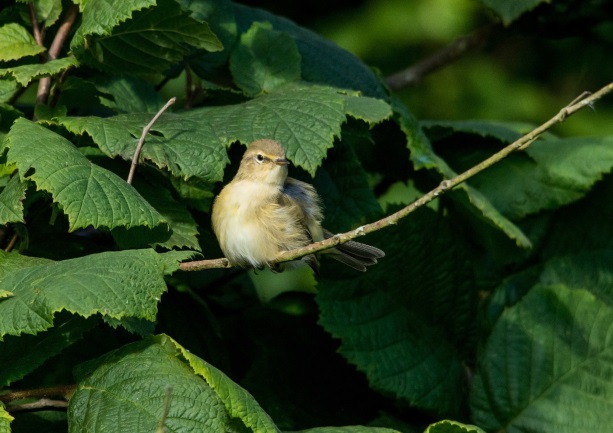
Harbour Porpoise (Phocoena phocoena)
This is Britain’s smallest member of the cetacean family (whales, dolphins and porpoises) and the one most likely to be observed along the Lincolnshire coast. A shy and unobtrusive creature, the small, triangular dorsal fin can be difficult to spot in anything but the calmest of sea conditions. They can fish along the shallow coast and amongst the sandbars that would be difficult for larger animals. They can be seen throughout the year along our coast and on 5th and 6th August the Lincolnshire Wildlife Trust will be running sea watching events from Skegness Pier and at Anderby Creek to see if we can spot any. This is part of the National Whale and Dolphin Watch Week that surveys the British coastline to give a “snapshot” of cetaceans around our coast.
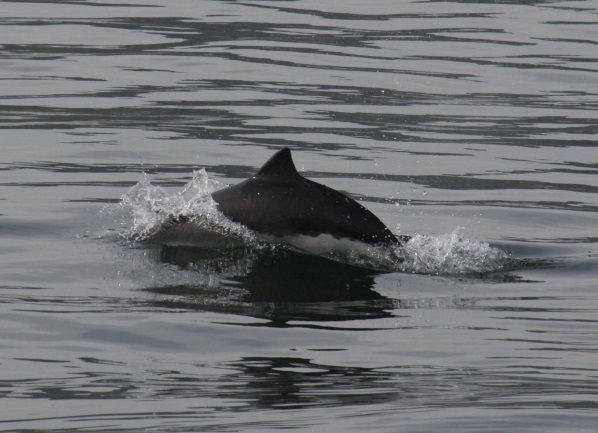
Common Centaury (Centaurium erythraea)
A delightful little flower that can be abundant on dry soils displaying an array of bright pink flowers. The flowers only fully open in bright sunshine and will close during cloudy spells. Supposed to have wonderful medicinal purposes that were thought to clear freckles from the skin! (Photo: Steve Chilton)
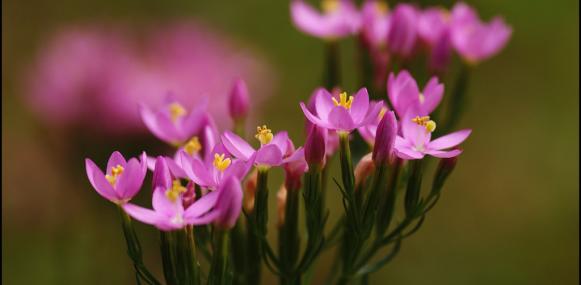
Strandline safari
The strandline is marine debris dropped during the last tide. It is a fascinating area to explore and can give an idea of the huge biodiversity found in our seas – without getting wet.
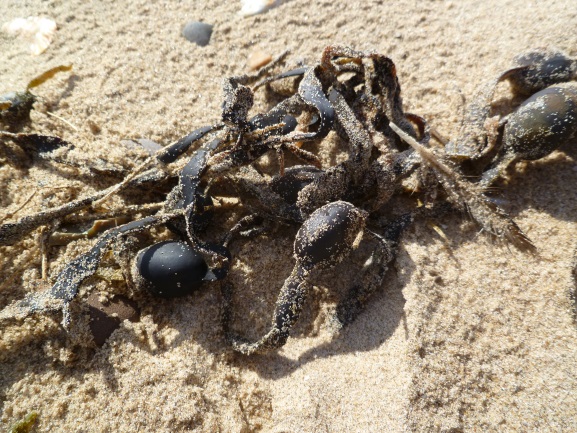
Several different species of seaweed can be found along the shoreline. This Eggwrack is easily identified by the large bladders. These keep the seaweed upright when it is in the water. They are usually black and hard when found on the sand and can be turned into whistles.
Lincolnshire Wildlife Trust, safeguarding wildlife and wild places in Lincolnshire and promoting understanding and enjoyment of the natural world from The Humber to The Wash.
Are you a member? Join today at www.lincstrust.org.uk
Dave Miller, Coast & The Wash Warden. Email: dmiller@lincstrust.co.uk
